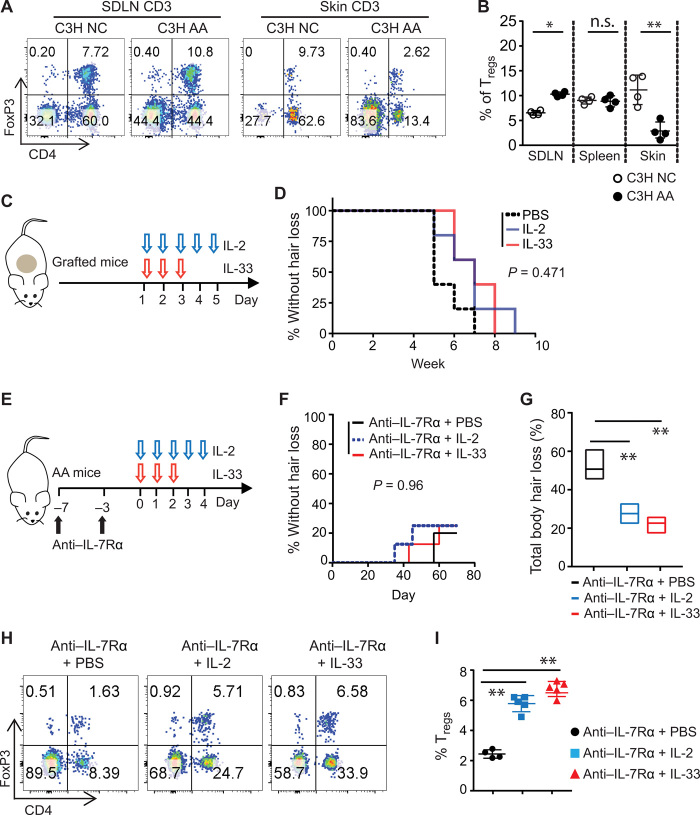Fig. 6. Combined treatment of anti–IL-7Rα and low-dose IL-2 or IL-33 increases the percentage of Tregs in C3H/HeJ AA mice.
(A) Flow cytometric analysis of the percentage of CD4+Foxp3+ Tregs in the total CD3+ T cell population of the SDLNs, spleen, and skin. Representative flow cytometric plots from a 15-week-old nongrafted C3H/HeJ mouse and a same aged new-onset C3H/HeJ AA mouse are shown. (B) The graph is a summary of CD4+Foxp3+ Tregs in the total CD3+ T cells in SDLNs, spleen, and skin of nongrafted and grafted C3H/HeJ AA mice. Data are represented as the means ± SD. ns, not significant; *P < 0.05 and **P < 0.01 (unpaired Student’s t test). (C and D) C3H/HeJ skin-grafted mice were treated with IL-2 or IL-33, administrated by intraperitoneal injection, beginning the day of grafting. (C) Schematic diagram showing the experiment design. (D) The incidence of AA onset in grafted C3H/HeJ mice treated with IL-2 (n = 5), IL-33 (n = 5), or PBS (n = 5). P = 0.471 (log-rank test). (E to I) C3H/HeJ mice with AA were treated with anti–IL-7Rα mAb for 1 week, after which IL-2, IL-33, or PBS were then administrated by intraperitoneal injection. (E) Schematic diagram showing experiment design. (F) Survival curve analysis depicts the hair regrowth after treatment. P = 0.96 (log-rank test). (G) Total body hair loss of C3H/HeJ AA mice after treatment. **P < 0.01 (one-way ANOVA). (H) Representative flow cytometric plots showing CD4+ Tregs within the total CD3+ T cell population in the skin after treatment. (I) Summary graphs of the percentages of CD4+ Tregs within T cell populations (right). **P < 0.01 (one-way ANOVA).

